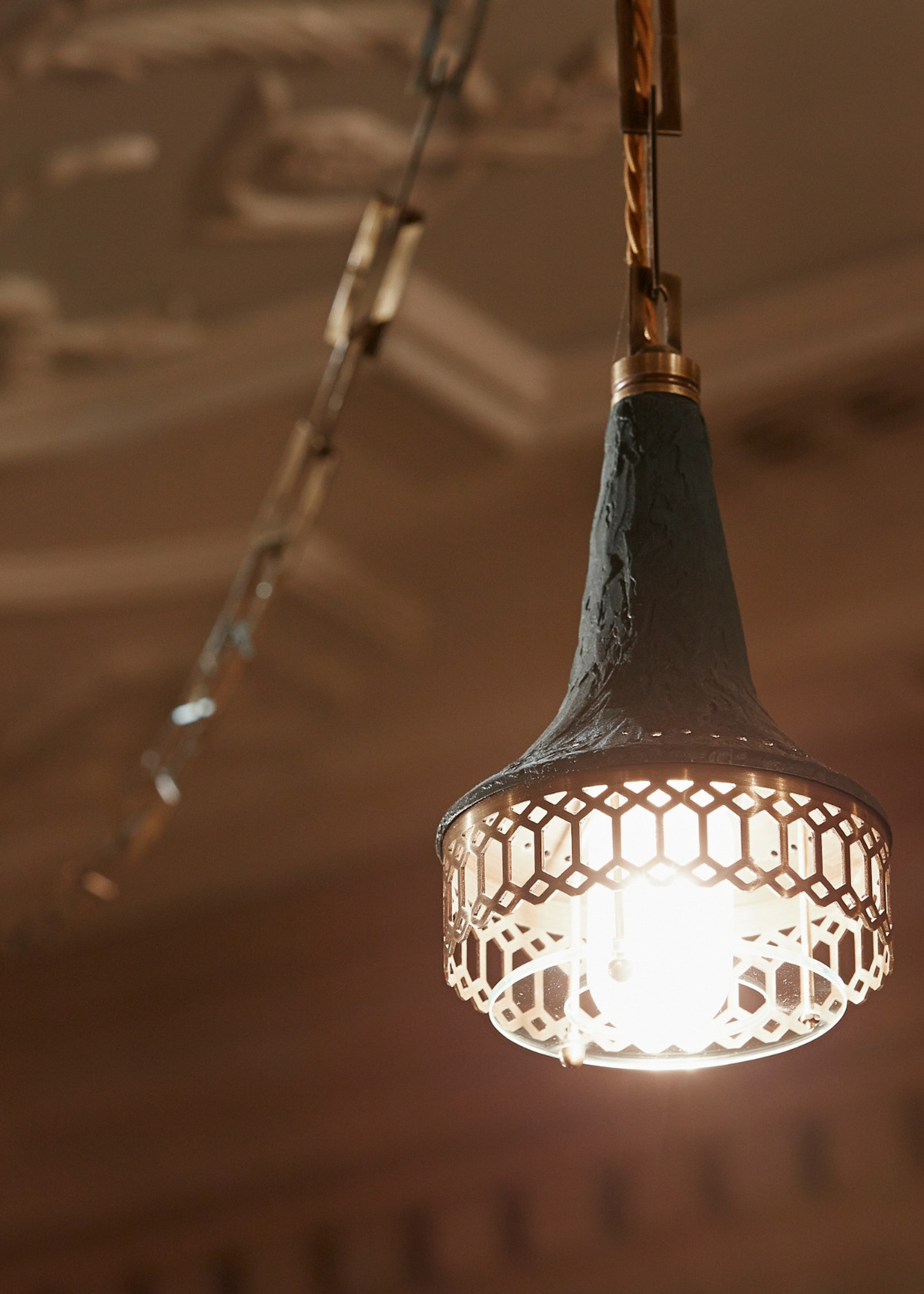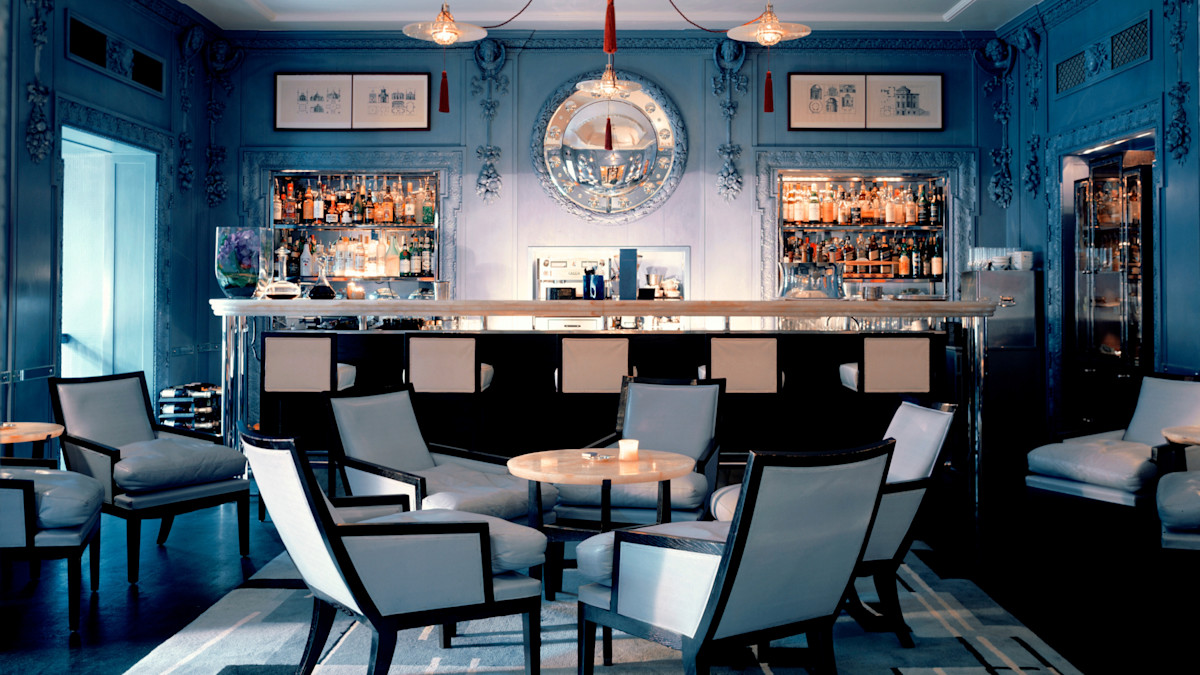London, 2008
The Connaught Bar
Created in 2008, The Connaught Bar is panelled in a hand-painted Hibernian landscape, designed in collaboration with Atelier Pierre Bonnefille and realised in dusty pink, pistachio green, and pale lilac, all framed in platinum silver-leafed oak panels, representing the Irish landscape. The bar comprises three rooms featuring hand-dyed degrade leathers, metal-studded black leather tables, and silver leaf mirror artwork created by David Collins Studio.
Connaught Bar is not a venue, it’s an icon of the bar industry. When it opened in 2008, it was the game-changer that cast away the classic trope that five-star hotel bars were stuffy museums to drinking’s past, and ushered in a new way of thinking – a bridge between classicism and modernism. Two figures came to define the bar: David Collins, who designed the gleaming, Art Deco-style interior, and Ago Perrone, who became the face of hotel mixology.
The Worlds 50 Best
The interiors of the Connaught Bar sets the standard in the sophistication stakes. It draws regulars aplenty as well as a more international, glamorous crowd. Designed by late Irish architect David Collins, its textured walls in platinum silver leaf, dark leather and mirrored panels evoke a 1920s cubist aesthetic. The gleaming black and chrome martini trolley, which is wheeled into position by Perrone, seems to positively encourage decadence.
Harriet Agnew, Financial Times
David Collins Studio's collaboration with Maybourne Hotel Group has redefined London's hotel bar scene, establishing a trio of iconic destinations that set new standards in luxury hospitality and design. In 1998, the studio unveiled Claridge's Bar, epitomising timeless elegance. The design features rich materials and meticulous Art Deco detailing, creating an atmosphere of understated sophistication. This space has become a benchmark for timelessness in hotel design.
The Blue Bar at The Berkeley, introduced in 2000, is still renowned for its striking blue interiors and innovative design. The space exuded a sense of exclusivity and allure, making it a destination in its own right. Its unique aesthetic has influenced numerous establishments, solidifying its status as a timeless icon.
In 2008, The Connaught Bar was launched as a sophisticated cocktail haven. The design combines classic elements with contemporary touches, creating an inviting and elegant environment. The bar continues to receive accolades, including being listed in The World’s 50 Best Bars 2025.
Collectively, these projects have transformed the landscape of London’s hotel bars, establishing them as destinations that offer unparalleled luxury and design excellence. Their enduring appeal and influence underscore The Studio's legacy in redefining hospitality spaces.
Photography courtesy of Maybourne
Awards
World’s 50 Best Bars
In the list 7 times
Top 10 Hottest Hotel Bars 2014
Mr and Mrs Smith Hotel Awards
Best Interior Design of the Year Award 2009
Elle Decoration British Design Awards
Travel Awards 2024
Tatler
Related projects
Velvet by Salvatore Calabrese, London
Hospitality
Le Bar Américain at Hôtel de Paris Monte Carlo, Monaco
Hospitality
Tre Dita, Chicago
Hospitality
The Wolseley, London
Hospitality












